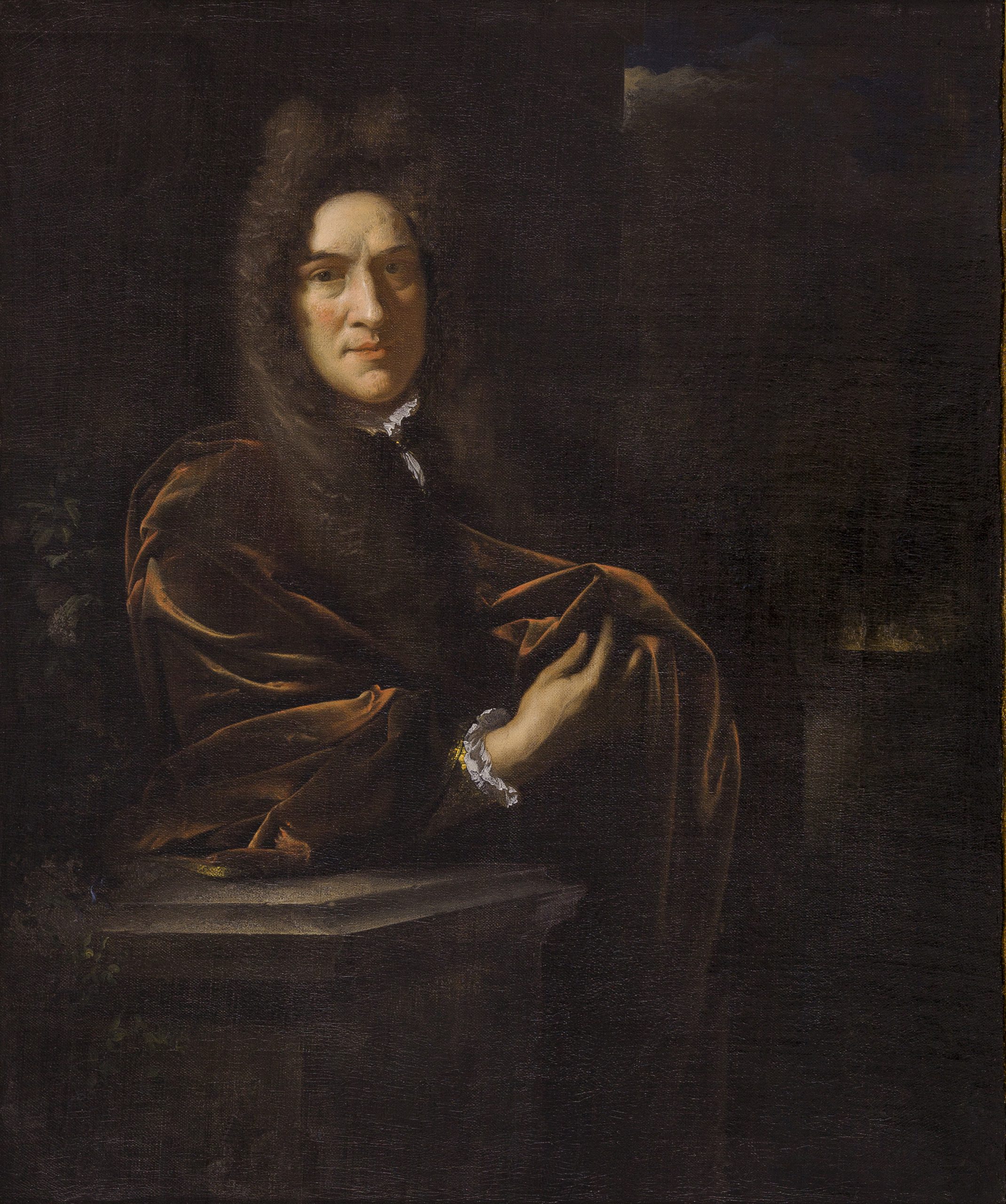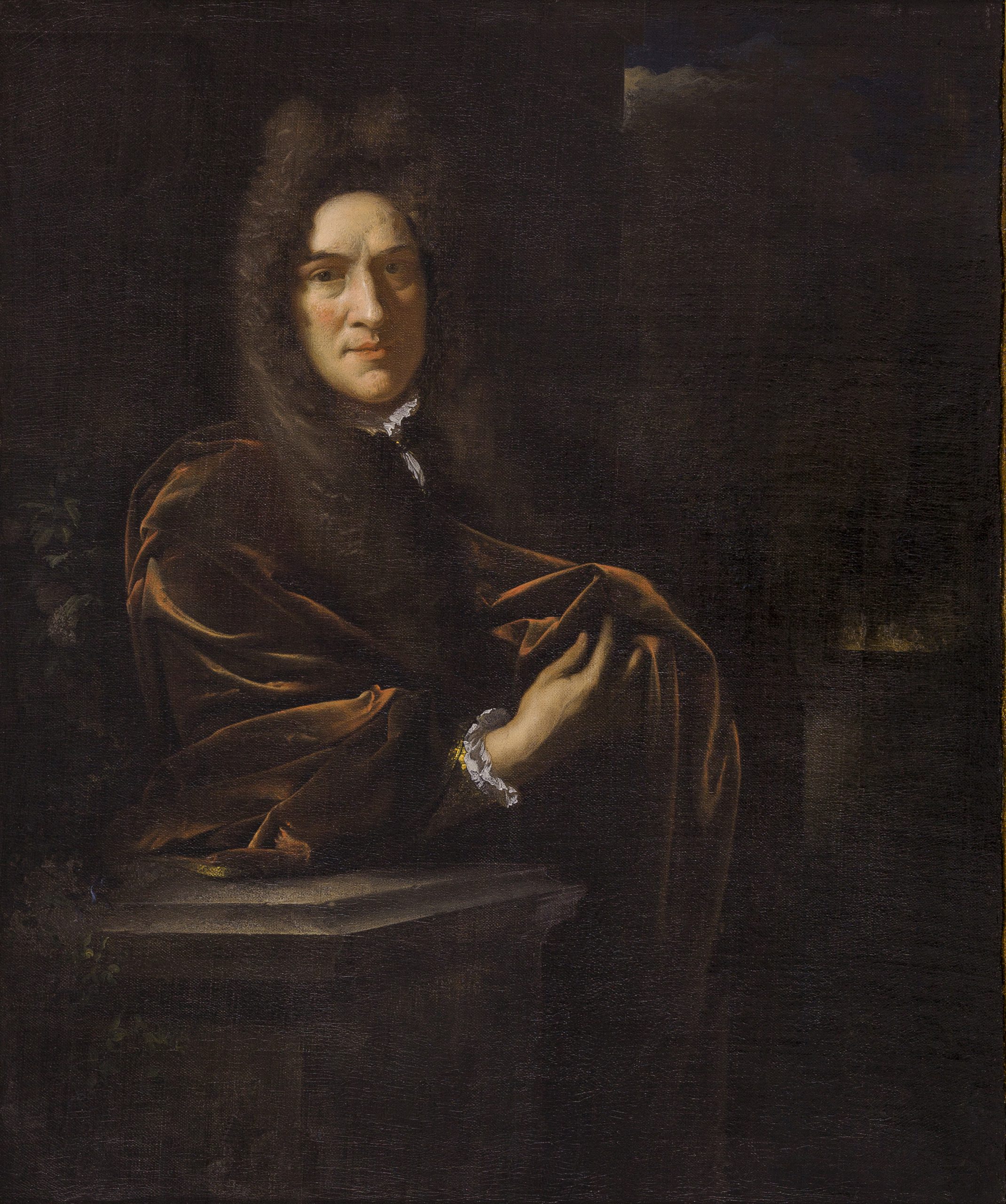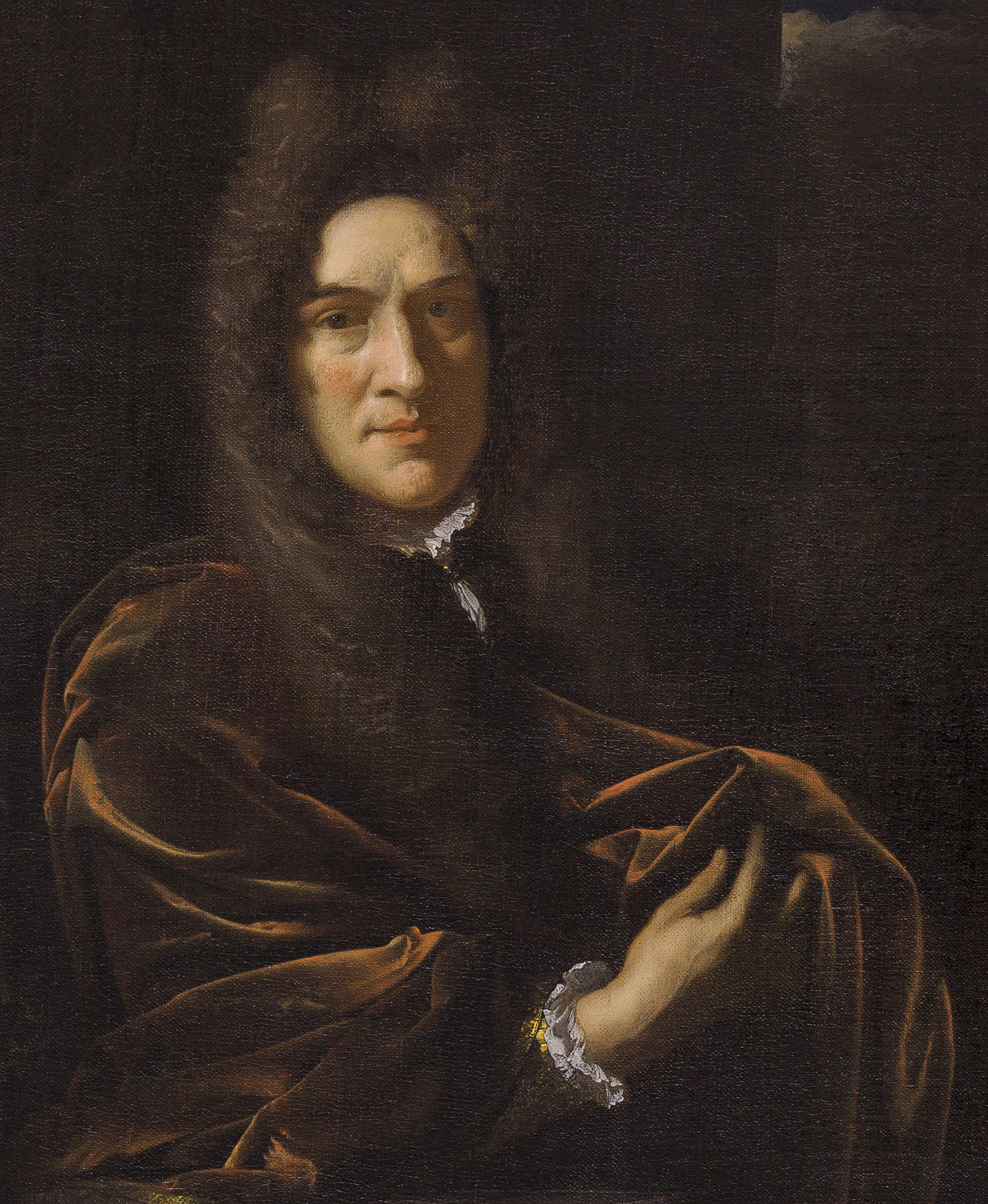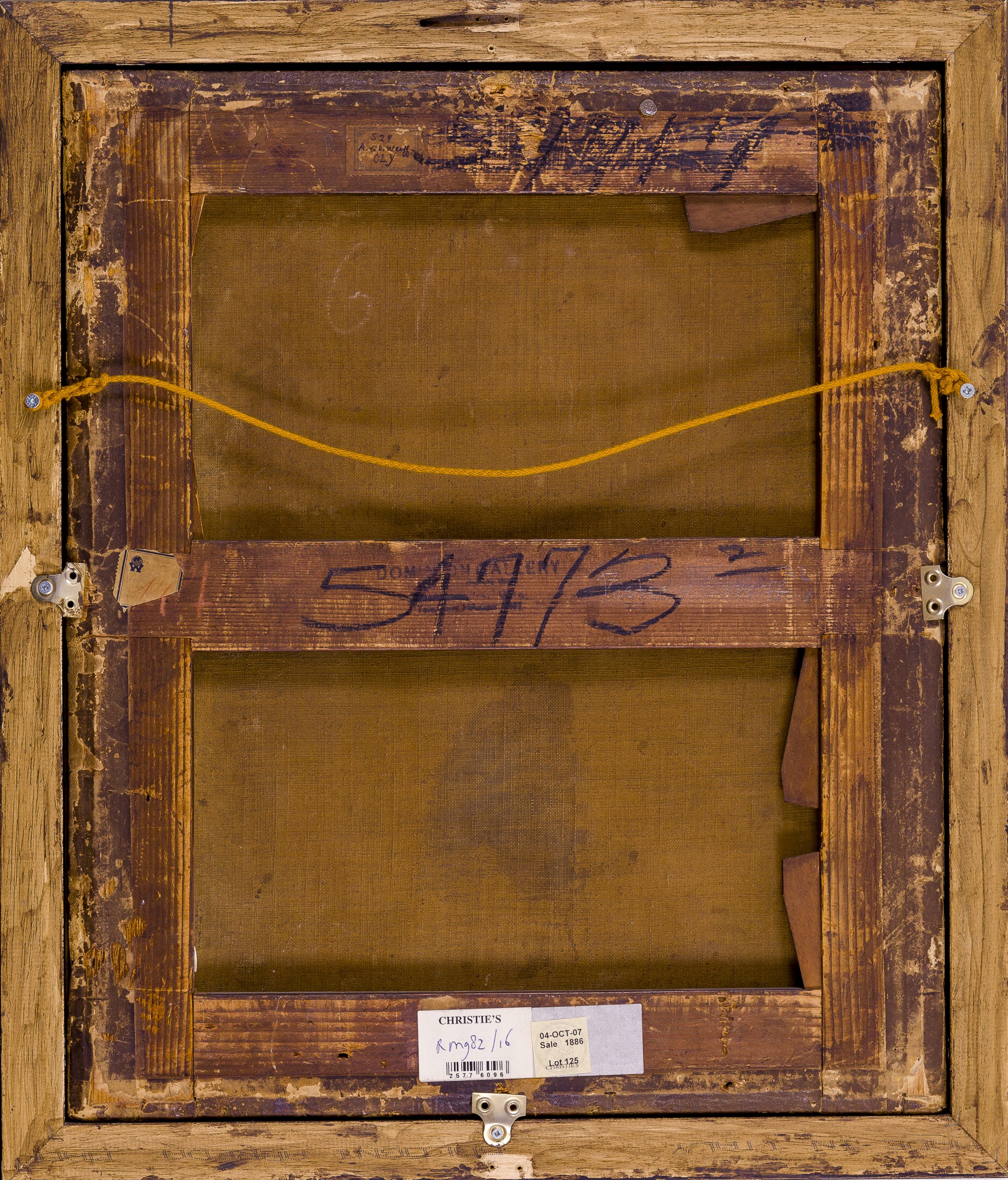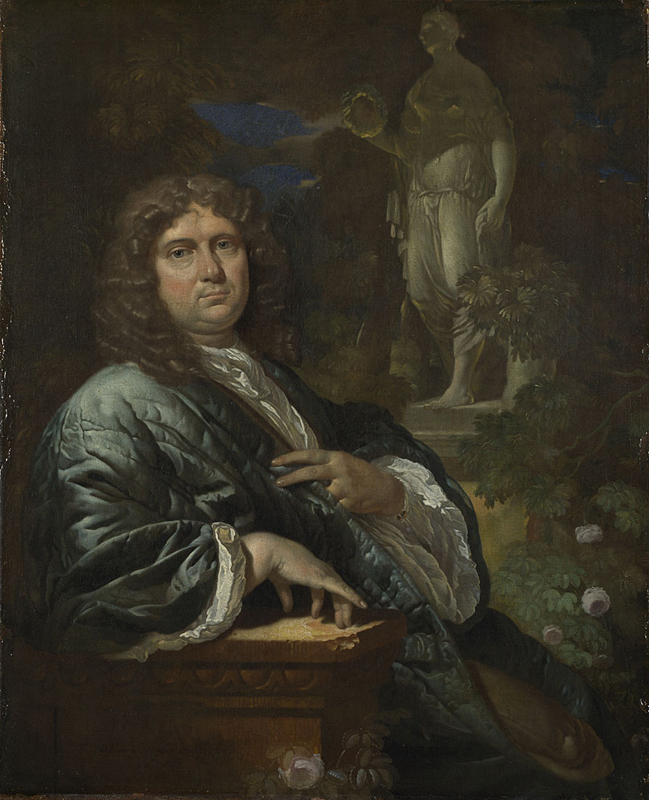ADRIAEN VAN DER WERFF (Kralinger-Ambacht 1659 – 1722 Rotterdam)
Adriaen van der Werff (Kralinger-Ambacht 1659 – 1722 Rotterdam)
Portrait of a Gentleman
Oil on canvas, 47.9 x 40 cm (18.9 x 15.7 inch); presented in a modern black and gilt ripple frame of 17th-century model
Provenance
Sale Luchtmans, Rotterdam, Luchtmans, 20 April 1816, lot 166 (with pendant); collection M.C. von Schinkel, Schloss Tidö, Sweden, 1911; collection B. Svenonius, Stockholm; his sale, Berlin, Wertheim, 30 April 1930, lot 61; Dominion Galleries, Montreal, June 1946; anon. sale, Sotheby’s, New York, 27 January 2005, lot 133 (estimate $15,000-20,000); anon. sale Christies, New York, 4 October 2007, lot 125; private collection, The Netherlands
Literature
~ O. Granberg, Inventaire Générale des Trésors d’Art (…) en Suède, vol. I, 1911, no. 416
~ C. Hofstede de Groot, A Catalogue Raisonné…, vol. X, London, 1928, no. 203.
~ Barbara Gaehtgens, Adriaen van der Werff 1659–1722, Munich 1987, cat. no. 119, p. 384, repr. (black and white)
Exhibited
Lund, Skanska Konstmuseum, 1927-28, no. 61
~
Adriaen van der Werff was internationally celebrated during his own life and is generally considered the most accomplished Dutch painter active in the period around 1700.1 He was born near Rotterdam as the son of a miller, like Rembrandt, and was taught in that city by Cornelis Picolet and Eglon Hendrik van der Neer. He settled as an independent master in Rotterdam in 1676, specialising in highly refined paintings in the Classicist manner, mostly with mythological and biblical subjects.
In 1696 Van der Werff was visited by the Elector Johann Wilhelm von der Pfalz, son-in-law of Grand Duke Cosimo III de’Medici. The Elector provided him with many commissions, and appointed Van der Werff as his official court painter in 1697. The appointment was for six months per year, and Van der Werff was allowed to remain living in Rotterdam, though he frequently travelled to the Elector’s court in Düsseldorf. When August II, Elector of Saxony and King of Poland, visited van der Werff in 1710, he was unsuccessful at purchasing one of his paintings, as they were all reserved for Düsseldorf.
Most of Van der Werff’s portraits were painted during the first twenty years of his career, when he was still establishing his later fame. Portraits were an easy source of income for painters and many artists concentrated on this particular field, but Van der Werff’s heart lay with history painting, considered the most challenging subject. In the artist’s own words, he had a ‘groote tegenzin om contrefeytsels te maaken’ (‘strong disinclination to paint portraits’).2 Nevertheless, some outstanding portraits by the artist do survive.3
Our portrait can for instance be compared to Van der Werff’s Portrait of a Man in a Quilted Gown in the National Gallery in London, which is dated 1685 (fig.).4 Barbara Gaehtgens has dated the present work to around 1696.
The authorship by Adriaen van der Werff has been confirmed by Dr Fred Meijer.5
€ 6500
1. For the artist, see: Barbara Gaehtgens, Adriaen van der Werff 1659–1722, Munich 1987.
2. Quoted from the account of Van der Werff’s life by his son-in-law Adriaen Brouwer, quoted by Gaethgens, op. cit., p. 438.
3. See Peter Hecht, De Hollandse Fijnschilders. Van Gerard Dou tot Adriaen van der Werff, exh. cat. Amsterdam (Rijksmuseum) 1989, pp. 252-55.
4. Oil on canvas, 47.3 x 38.3 cm, inv. no. NG1660; Gaehtgens, op. cit., cat. no. 115, p. 382, repr.
5. Written communication, 1 August 2007.
